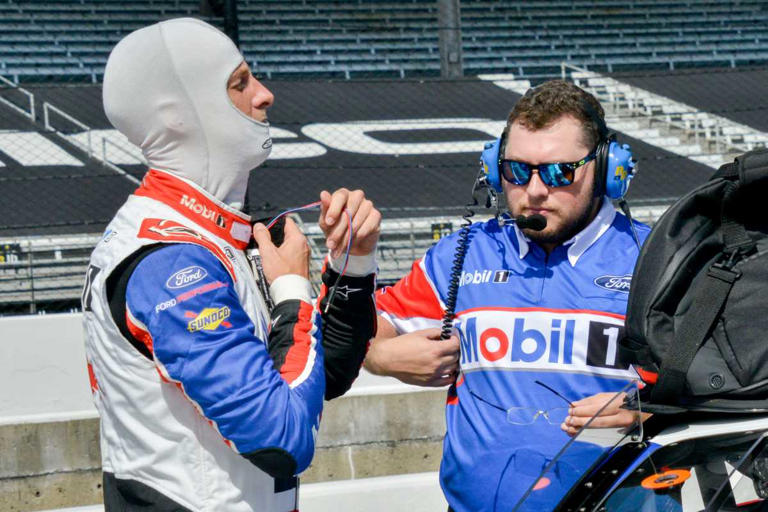Former F1 champion Jenson Button has raised concerns about the increasing weight of Formula 1 cars in the turbo-hybrid era, noting that this could significantly affect lap times. The cars have grown larger to accommodate hybrid systems, which goes against the traditional racing philosophy of smaller, lighter vehicles.
Several drivers have echoed these concerns, highlighting the difficulties they face during races, especially in low-speed corners and on narrow circuits. Although the weight of the cars is expected to drop by 30kg in 2026 with new regulations, this reduction is not enough to counteract the 100kg weight increase seen since 2014.
“It [the added weight] means that these guys have had to strap on so much downforce, so much power to be quicker than what the cars were back then,” Button said.
Button’s concerns stem from his experience driving his 2000 Williams FW22 at Silverstone during the British GP weekend. He pointed out that the added weight requires more downforce and power to achieve faster lap times, which in turn puts more strain on the tires.
“It puts a lot of load into the tyres, which means we struggle with tyres a little bit.
“I love that we’re pushing technology and that’s what F1 is all about, but when you see those cars [pre-2014 cars] go around and you hear them go around, it puts a massive grin on your face.”
Looking ahead, Button emphasized the challenge of achieving the same weight as pre-turbo hybrid era cars due to the heavy hybrid power units and the need for longer cars. He noted that cars in the 2000s weighed around 600 kilograms with the driver, which is over 200 kilograms lighter than today’s cars. This weight difference translates to a significant impact on lap times.
“Not with the hybrid power units, it’s very difficult.
“Obviously, the hybrid system is heavy, but also you have to lengthen the car. It’s much bigger because of that.
“We were at 600 kilograms with the driver back then [in the 2000s], so over 200 kilos [lighter]. And normally F1 teams say that 10 kilograms is three-tenths. So you work it out, it’s a lot of lap time.”

